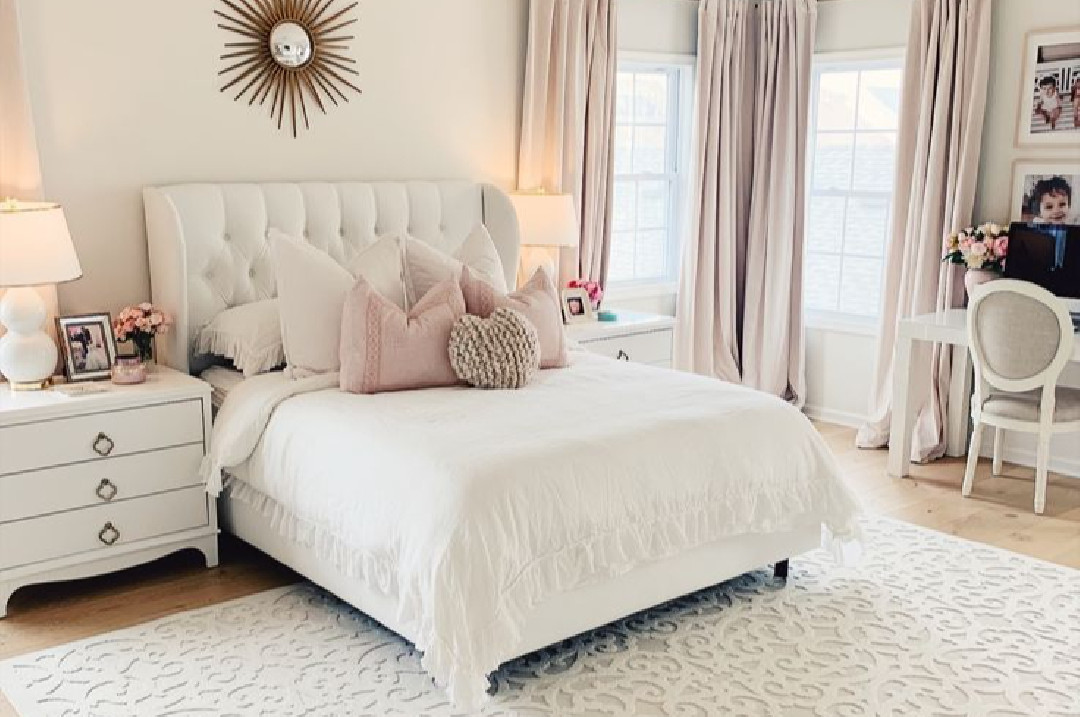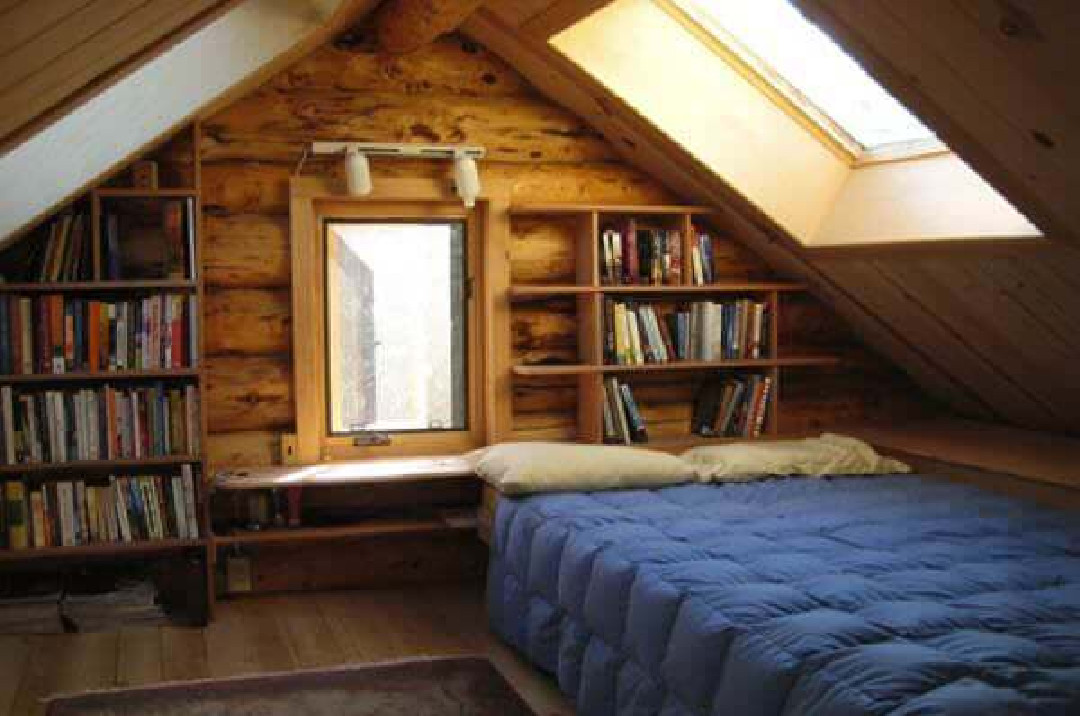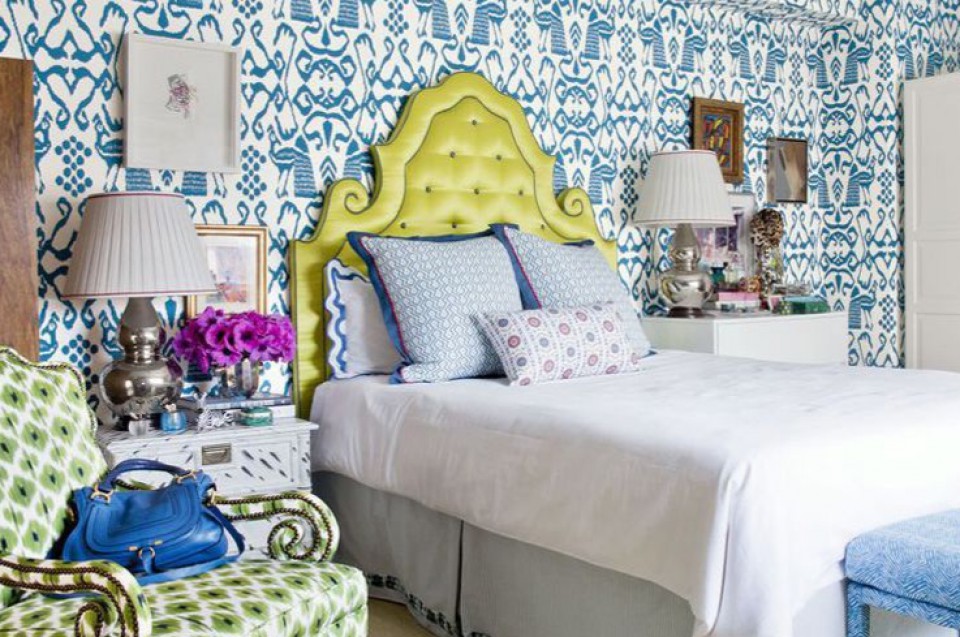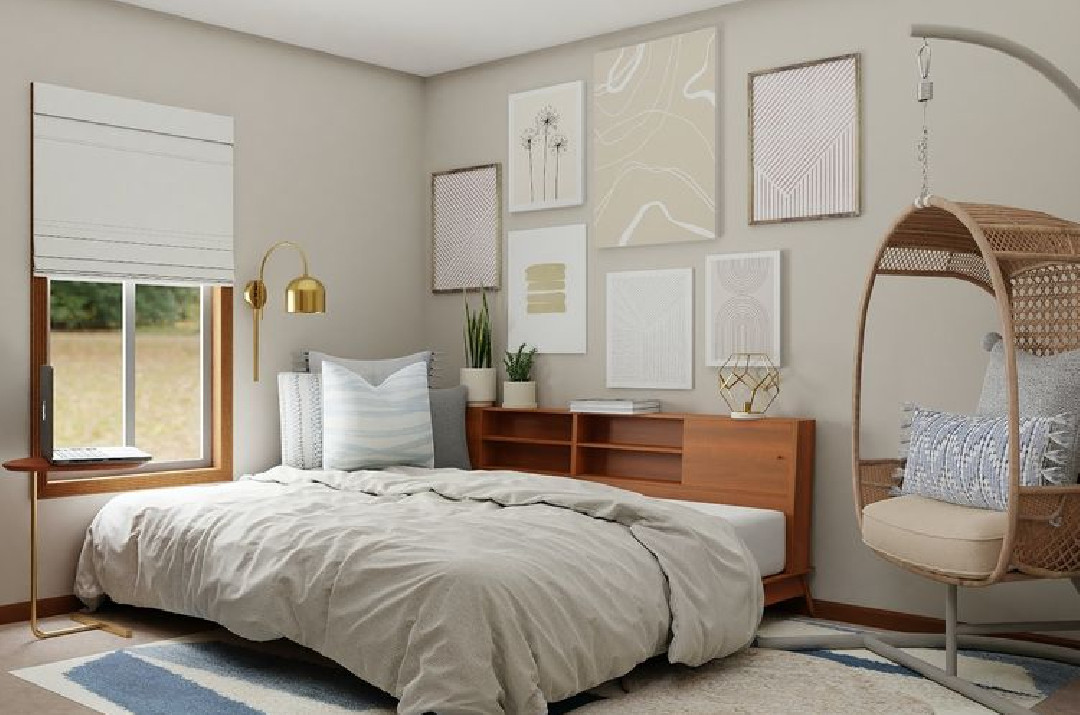Multifunctional Bedroom: A Versatile Oasis in Your Home
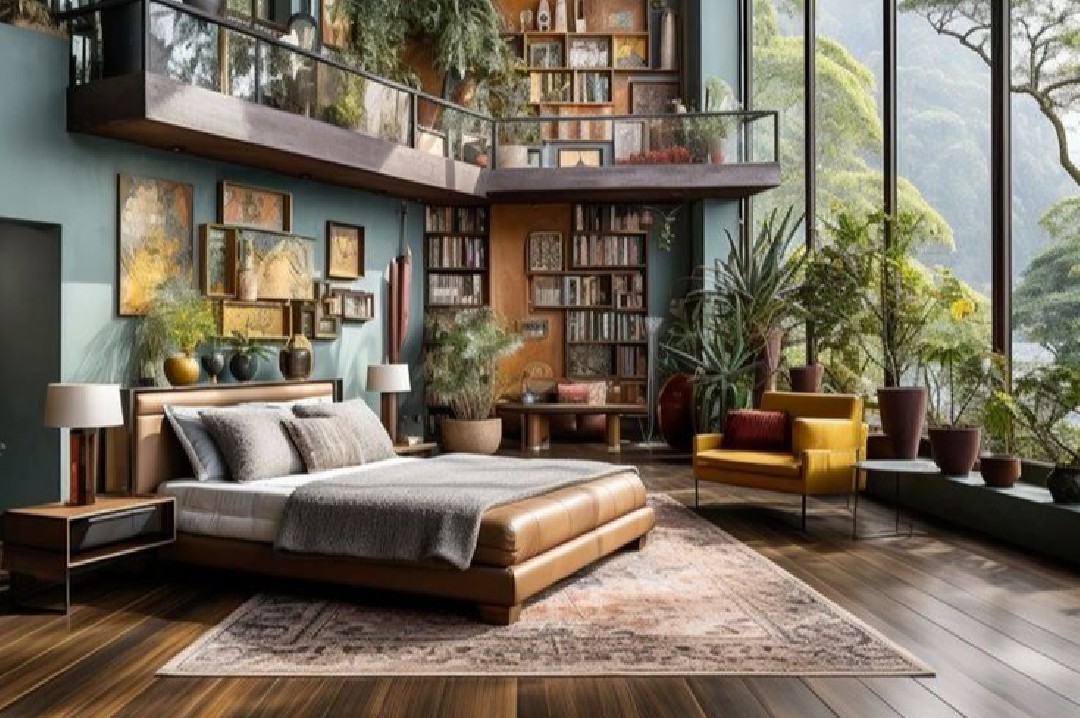
Limited Space, Unlimited Creativity
In the era of modern living, limited space often poses a challenge. Having separate rooms for working, resting, and relaxing can sometimes be a luxury. But, fret not! Multifunctional bedrooms emerge as a smart solution to maximize the available space. It's not just a place to unwind, but also a productive workspace and a cozy relaxation area.
Designing a Multifunctional Bedroom: A Creative Adventure
Creating a multifunctional bedroom is more than just placing a bed and a desk. It's a creative adventure that requires careful planning. Here are some steps to make it happen:
1. Defining Needs and Lifestyle

- Core Activities: Before starting, identify your primary activities in the multifunctional bedroom. Do you need a full-fledged workspace, a comfortable study area, a quiet reading nook, or a complete relaxation zone? The more activities you desire, the more complex the planning will be.
- Lifestyle: Think about your lifestyle. Are you an office worker with a busy schedule, a student who requires high concentration, or someone who enjoys reading and meditating? Align the design with your daily rhythm.
- Design Style: Choose a design style that suits your taste and needs. Minimalist style with clean lines and sleek furniture is ideal for creating a spacious feel. Modern style with a touch of technology offers optimal functionality. While contemporary and industrial styles provide an artistic and dynamic atmosphere.
2. Space Mapping: From Layout to Comfort

- Measuring and Creating a Floor Plan: Measure every corner of the room in detail. Create an accurate floor plan to simulate furniture placement, activity zones, and dividing partitions.
- Activity Zones: Divide the room into functional zones. The sleeping zone should be separate from the work and relaxation zones. Use room dividers, curtains, or differences in floor levels to create visual and functional boundaries.
- Movement Circuits: Think about your movement flow within the room. Arrange furniture and zones so that your movement is smooth and unobstructed.
3. Selecting Furniture and Equipment: Functionality Meets Aesthetics

- Multifunctional Furniture: Choose furniture that can be used for multiple purposes. A folding desk can be converted into a vanity table. A Murphy bed can be hidden in the wall when not in use. Ergonomic office chairs can also double as comfortable reading chairs.
- Minimalist Furniture: Avoid oversized furniture with too much detail. Slim furniture with integrated storage will minimize space usage and facilitate storage.
- Smart Storage: Utilize space optimally with wall shelves, under-bed storage, and hidden storage behind panels. Choose storage with a modular system that is flexible and can be customized to your needs.
- Flexible Lighting: Adjust lighting to the activity zone. Downlights are suitable for the work zone. Focused reading lamps are ideal for the study area. While dimmable dimmer switch lamps create a relaxing atmosphere in the sleeping and relaxation zones.
4. Creating a Supportive Atmosphere: From Comfort to Productivity

- Air Circulation: Ensure good air circulation by regularly opening windows or using an exhaust fan. Fresh and cool air supports comfort and productivity.
- Cleanliness and Order: Maintain the cleanliness and tidiness of the multifunctional bedroom. Be disciplined in tidying up and regularly cleaning the area. A clean and tidy environment will reduce stress and improve focus.
- Colors and Decoration: Use neutral colors like white, cream, and gray to create the illusion of a more spacious room. Add color accents and textures that match your chosen design style. However, avoid excessive decoration that can make the room feel cramped and stuffy.
- Touch of Nature: Bring indoor plants into the room. Houseplants not only refresh the atmosphere but also help improve air quality. Choose plants that don't require much sunlight and minimal care.
- Supportive Technology: Utilize technology to manage time and maximize space. Use reminder apps for work and rest schedules. Interior design apps can help you visualize the room layout and choose the right furniture.
5. Personal Touch: Adding a Personal Touch

A multifunctional bedroom is not just about functionality, but also about personalization. Add a personal touch to make this room feel more comfortable and reflect your personality. Here are some ideas:
- Display photos, paintings, or artwork that you like.
- Use sheets, blankets, and pillowcases with your favorite patterns and colors.
- Place houseplants that you love.
- Keep your favorite books on the bookshelf.
- Use your favorite aromatherapy.
- Place string lights or LED lights to create a romantic atmosphere.
A multifunctional bedroom is a reflection of yourself. Make it a space that is inspiring, productive, and comfortable to achieve your dreams and goals.
Additional Tips:
- Utilize aromatherapy to create an ambiance that suits your activity. Lavender scent can aid in relaxation before bedtime, while citrus aromas can boost focus during work hours.
- Install curtains or blinds to maintain privacy and control lighting.
- Incorporate a rug to add comfort and warmth to the room.
- Strategically place mirrors to make the space feel more expansive.
- Listen to calming music to enhance concentration or relaxation.
I hope this article proves beneficial! Enjoy the creative process and design a multifunctional bedroom that aligns with your dreams.


